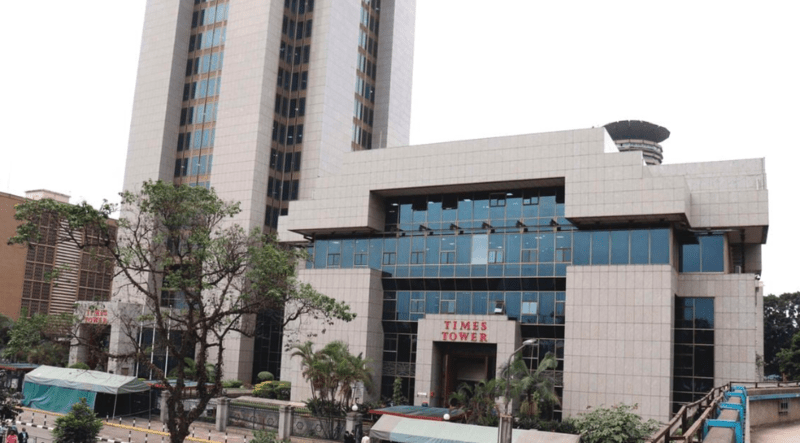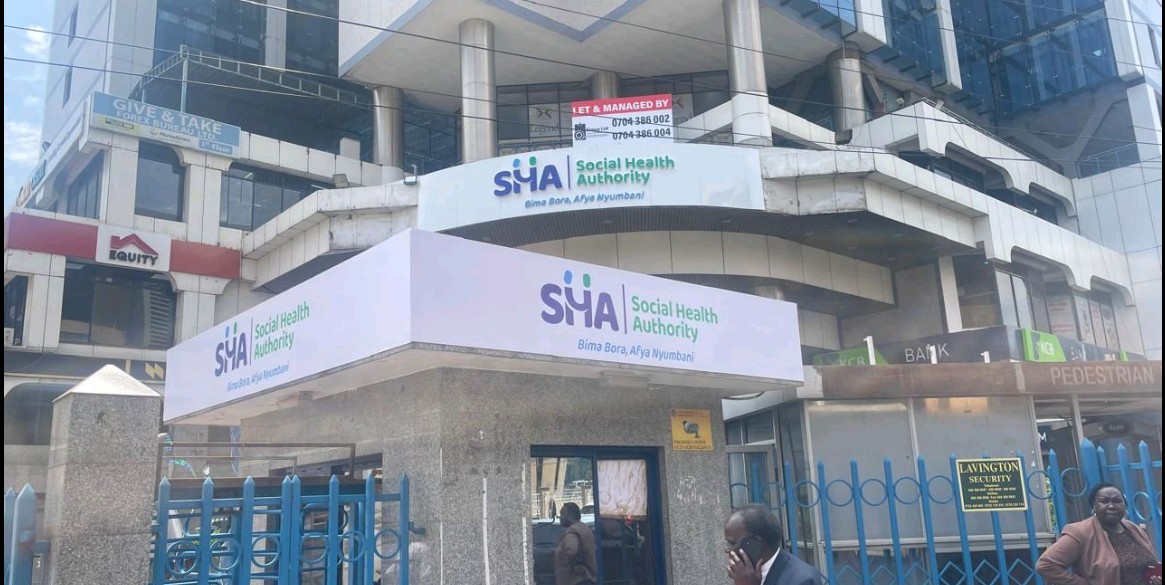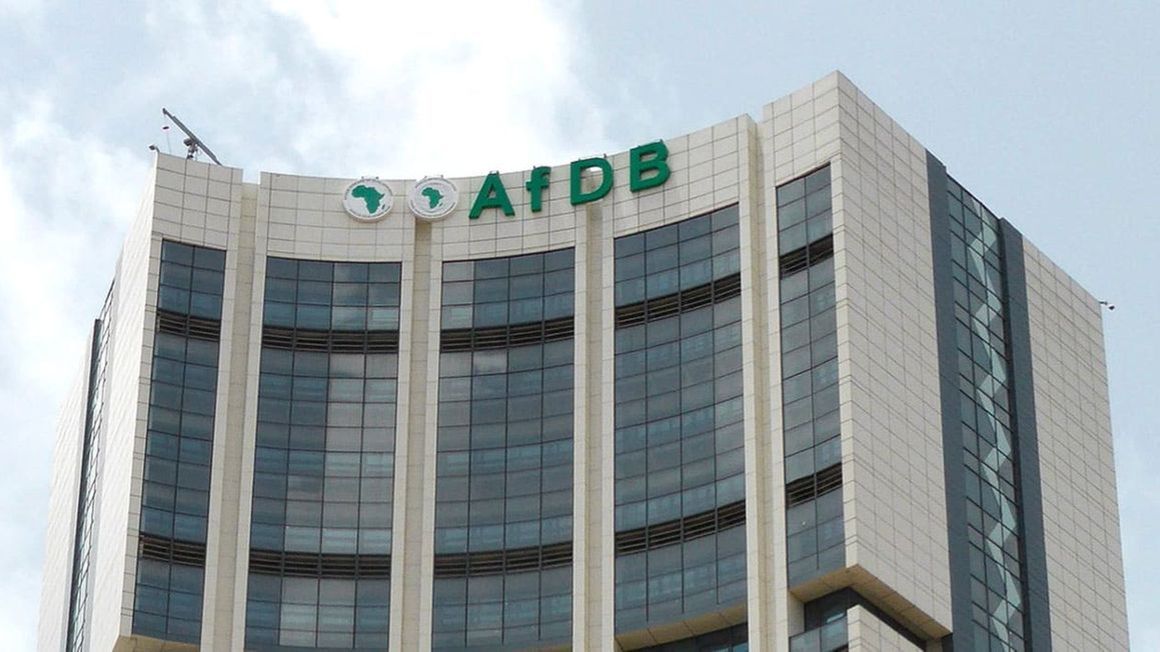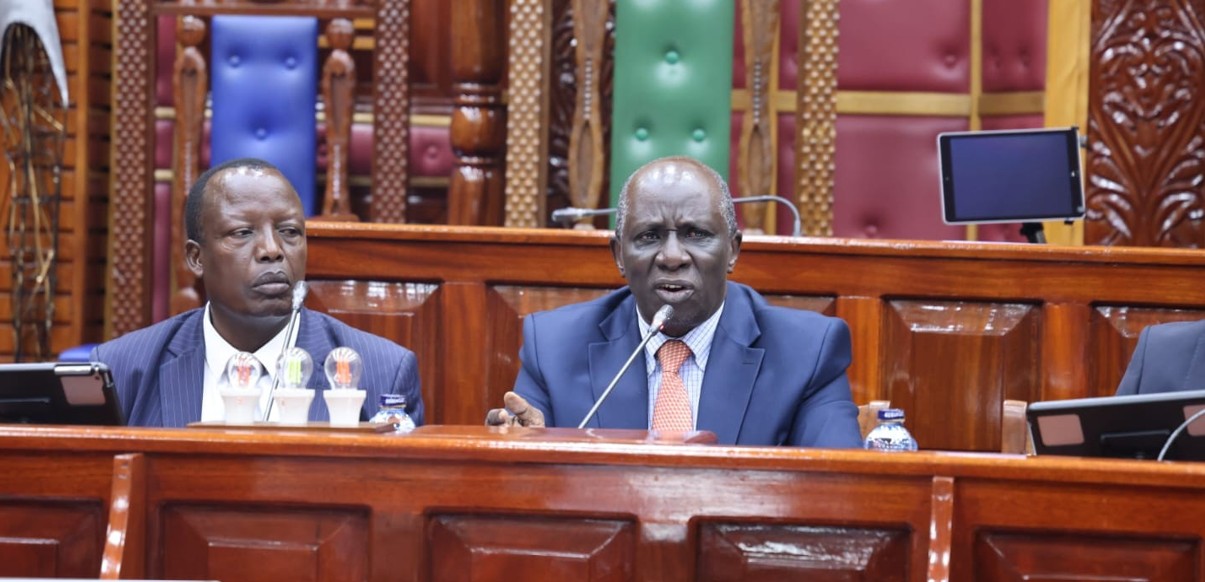Explainer: The Fringe Benefit Tax that will have employers pay more to KRA

Failure to remit attracts a penalty of 25 per cent of the tax due and late payment attracts a penalty of 5 per cent of tax due.
The Kenya Revenue Authority (KRA) has announced new rates for Fringe Benefit Tax. The new rates will apply for the next three months.
"For the purposes of Section 12B of the Income Tax Act, the market interest rate is 15 per cent. This rate shall be applicable for the months of January, February and March 2024. For purposes of section 16(2)(ja) of the Income Tax Act, the prescribed rate of interest is 15 per cent. This rate shall be applicable for the months of January, February and March 2024. Withholding tax rate of 15 per cent on the deemed interest shall be deducted and paid to the Commissioner within five working days following the computation," KRA stated.
More To Read
- Ex-Nairobi governor Sonko gets relief as Tribunal directs KRA to unfreeze his bank accounts
- Businesses granted 30-day relief on long-stay container charges at Mombasa port
- Meta to deduct 5 per cent tax on Kenyan creators’ earnings in 2026
- CS Kinyanjui: Kenya cannot develop while rejecting all funding options
- National Treasury says weak revenue, high debt repayments straining Kenya’s budget
- Government shifts cargo clearance to Nairobi, Naivasha in bid to decongest Mombasa Port
This marks an increase from the previous market rate of 13 per cent, which was applicable for the last quarter of 2023. At the beginning of 2023, the prescribed rate of interest was nine per cent.
In July 2023, the taxman raised the Fringe Benefit Tax to 11 per cent.
What are fringe benefits?
Once in a while, an employee in need of extra cash would seek a loan from his/her employer. Some employers will offer these loans to their employees with interest rates lower than the market rate.
According to KRA, this employment benefit to the employee(s) is subjected to a tax referred to as Fringe Benefit Tax (FBT).
“The Fringe benefit tax is payable by every employer in respect of a loan provided to an employee, director or their relatives at an interest rate lower than the market rate,” KRA states.
The taxable value of Fringe Benefit Tax is the difference between the market interest rate and the actual interest paid on the loan.
KRA gives this example:
Ken gets a loan of Sh3,000,000
Loan amount: Sh3, 000,000
Interest charged: 3 per cent
Market Interest rate for the month: 9 per cent
Fringe Benefit is (9% - 3% = 6%) = Sh3, 000,000 x 6% =180,000 p.a
i.e. Sh15,000 per month.
Fringe Benefits tax payable by the employer is Sh15,000 x 30%
= Sh4,500/- (This is what Ken's employer will remit to the taxman)
Payment of FBT
According to KRA, where the term of the loan extends beyond the date of termination of employment, the rates will still apply as long as the loan remains unpaid.
The FBT is charged on the taxable value of a fringe benefit provided by the employer in a month. It is to be paid on or before the 9th of the following month.
“The prescribed rate of interest is based on the market lending rates as the Commissioner may prescribe every quarter of the year,” KRA says.
The fringe benefit tax is governed by Section 12B of the Income Tax Act. It came into effect on June 12, 1998 “in respect of loan provided to an employee, director or their relatives at an interest rate lower than the market interest rate”.
Fringe benefit tax is paid by employers with PAYE obligation. Failure to remit attracts a penalty of 25 per cent of the tax due and late payment attracts a penalty of 5 per cent of tax due.
Top Stories Today













































